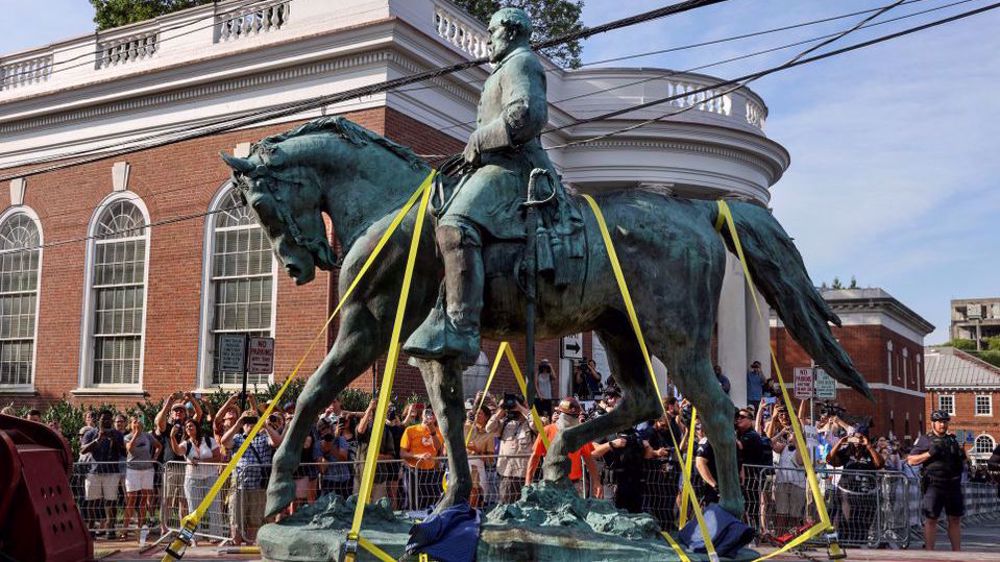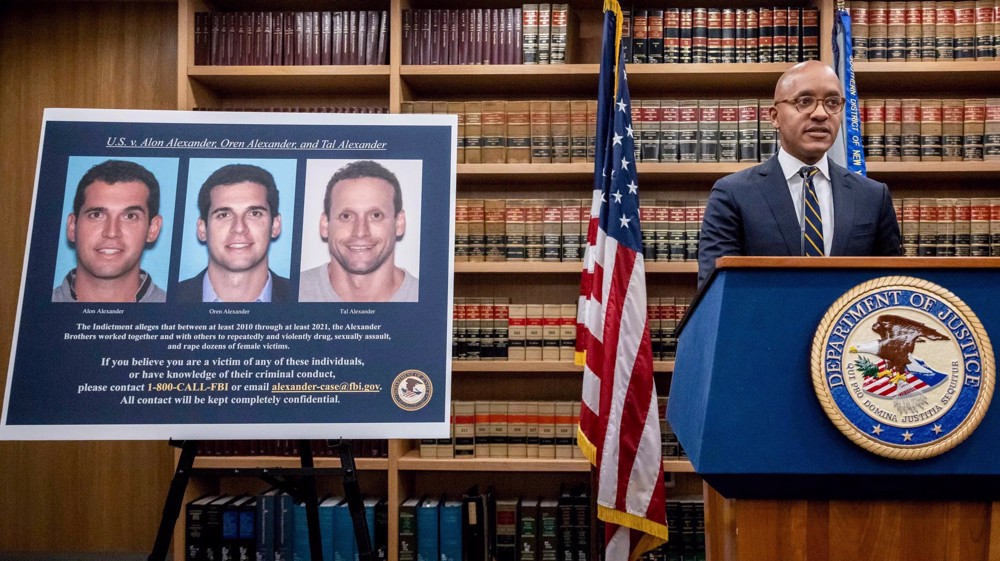Statue of Confederate commander Robert E. Lee removed in Virginia capital
A statue of Confederate commander Robert E. Lee was removed from its base in Richmond, Virginia's capital, early on Wednesday after a yearlong legal battle over a monument that has been the focus of protests over racial injustice.
As onlookers watched, crews secured the 21-foot (6.4-meter) bronze statue of the US Civil War leader to a crane that hoisted it off its 40-foot (12.2-meter) granite pedestal and placed it on the ground.
Since 1890, the towering memorial has stood at its location on Monument Avenue in Richmond, the former capital of the pro-slavery Confederacy, a group of Southern states that fought against Union forces in the 1861-65 Civil War.
The Robert E. Lee statue is one of the largest still standing in the United States. Memorials that honor leaders of the Confederate side have become targets of protests against racism. Defenders of the statues say they are tributes to the bravery of those who fought to defend the South.
Officials have said workers will move the statue of Lee, dressed in military attire and mounted on top of a horse, to a secure, state-owned storage site until a decision on its future is finalized.
The hoisting of the statue was captured on the Twitter feed of Governor Ralph Northam, a Democrat, who announced plans to remove it in June 2020, 10 days after a white Minneapolis policeman killed George Floyd, who was Black, sparking nationwide protests.
During the last six years, more than 300 symbols of the Confederacy and white supremacy have been taken down, while some 2,000 still stand, according to the Southern Poverty Law Center.
Streets around the statue were closed on Tuesday evening as crews prepared a viewing area for the public to watch the statue's removal.
On Thursday, workers will remove plaques from the monument's base and replace a time capsule believed to be at the site with a new one. The base will remain in place as the community reimagines Monument Avenue.
Last Thursday, the Virginia Supreme Court unanimously ruled in two cases that Northam could remove the statue. In summer 2020, the removal was challenged by nearby residents and a descendant of the family that transferred ownership of the statue to the state.
(Source: Reuters)
Yemeni army strikes Israeli military sites with drones
‘Clock ticking’: UNRWA slams unjustifiable killing of children in Gaza
BP to be sued in Britain for supplying oil to Israel
VIDEO | Press TV's news headlines
Israeli strikes on north Gaza hospital ‘extremely dangerous, terrifying’: Director
VIDEO | Yemen targets Tel Aviv with Palestine 2 missiles
Pezeshkian: Iran resolved to complete North-South Transport Corridor
VIDEO | Iran-Syria: For Resistance










 This makes it easy to access the Press TV website
This makes it easy to access the Press TV website